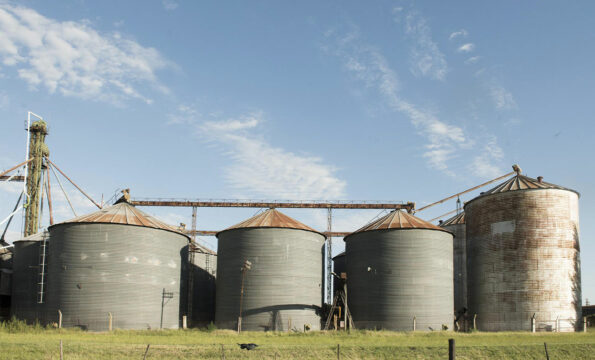-

-

-
Pastor Hal Mayer
Speaker / Director
Putin’s invasion of Ukraine threatens a global wheat crisis
segunda, 25 de abril de 2022
Prophetic Intelligence Briefings are provided to show a link between current events and Bible prophecy only. The reposted articles, which are not intended as a commentary in support of or in opposition to the views of the authors, do not necessarily reflect the views of Pastor Mayer or of Keep the Faith other than to point out the prophetic link.
Latest Message
Make a Gift
Prophetically Speaking…
“The most odious of all oppressions are those which mask as justice.” more…
-
Artigos recentes
Tags
Catholic Church church and state Donald Trump government LGBTQ natural disaster politics Pope Francis Prophetically Speaking Quote of the Day religion religious liberty United States VaticanComentários recentes
- Stephen Chang em Praying for the Dead: Sweetest of the Spiritual Works of Mercy
- John em Charlie Kirk and the Sabbath rest
- William Stroud em UMC church paints steps in rainbow colors in opposition to governor’s directive
- William Stroud em Police in India arrest Pastor after Hindu extremist attack
- William Stroud em From Israel to the US, Vice President JD Vance isn’t shy about his religion
Follow





Comments
Will Flatt
segunda, 25 de abril de 2022 at 12:11Like Volodymyr Zelensky, Putin is a globalist puppet. As is Joe Biden. They and their masters (like Claus Schwab, George Soros, Bill Gates, et.al.) are manufacturing a global famine because 8+ billion people on this planet is too much for their agenda. They want to cull no less than 80% of us!
To make matters even more troubling, food processing plants all over the USA are being blown up or burned down. So if you haven’t started already, make 2022 the year that you, your family and your friends all pitch in together to start as large a garden as you can, and grow as much food as you can. If you don’t have land on which to grow your own food, but have a basement, then consider hydroponics and vertical gardening! It’s fun and there’s a LOT of science behind it now that allows you to use non-hybrid seeds and still maximize yield, etc.
All we need to do is keep our faith in Jesus, whose name means ‘Yahweh Saves’ (praise His HOLY name!) …and hold on till he returns, his coming is IMMINENT! Thank God!